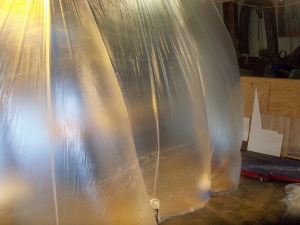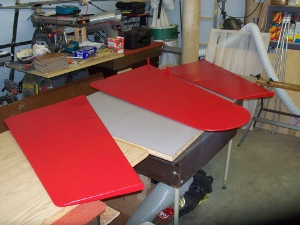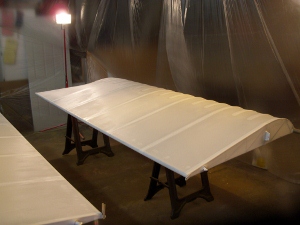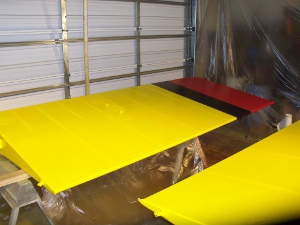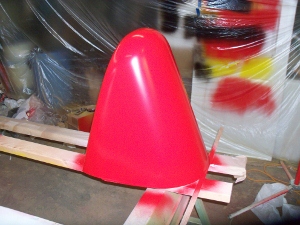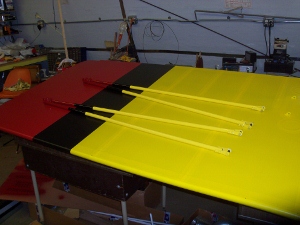
Homemade Paint Booth
Working with all the solvents, glue and Poly Brush in a heated shop during winter can be problematic. My furnace is an open flame model, which gave even more worries. I fixed up the output from my 2-HP dust collector to vent to the outside. For gluing and cleaning, I just used a respirator and propped the door open a couple of inches to let fresh air in. For Poly Brushing, I would heat the shop up extra warm and turn off the furnace.Then put on the respirator and brush like a mad man. When done, the fan was turned on and the door propped open while I went to the house for a cup of coffee. After an hour or so, the fumes would be low enough to relight the furnace. Not pretty, but it worked.
